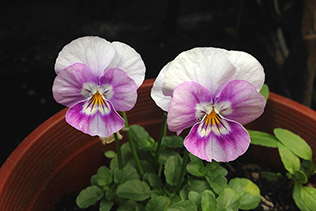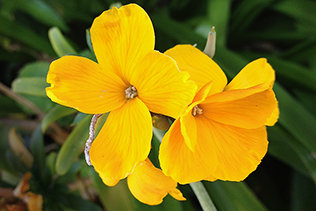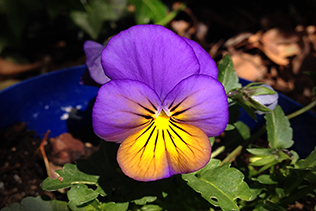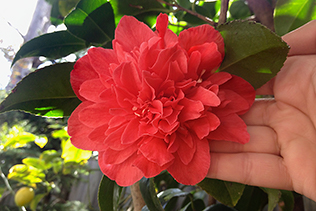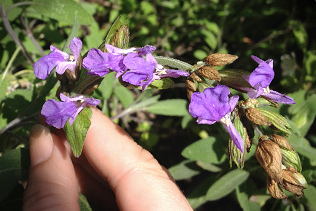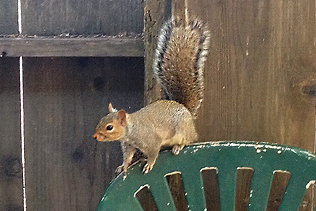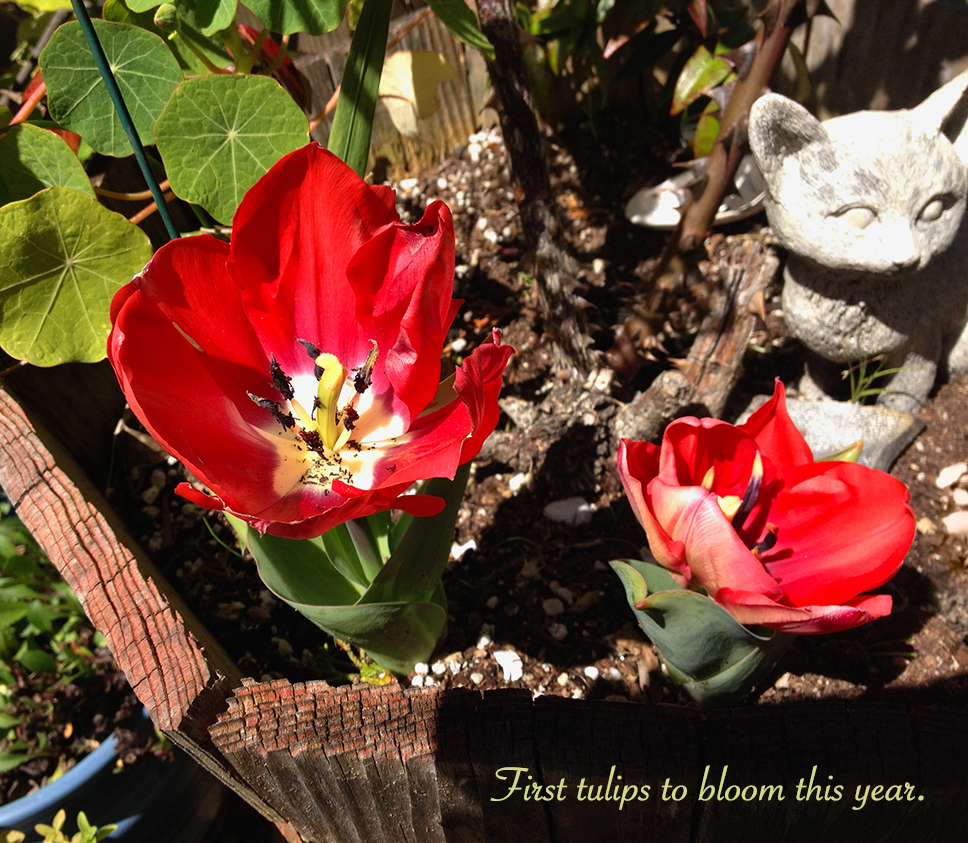
“Cultures throughout the world and throughout history that developed stable, sustainable relationships
with nature did so through observation–a primary principle in permaculture.”
– Juliana Birnbaum Fox
– Juliana Birnbaum Fox
4/5/19:
While I've written extensively about the container gardening aspect of my GreenWise theme, I haven't discussed the low-budget and sustainable focus as much.
“Reduce, Re-use, Recycle”: a catchy bit of advice that's been around for a while. How do I apply those principles to my gardening efforts?
It all starts with being mindful: observing and thinking about the plants and supplies I choose, and why, and also considering how I tend to them. For instance, I choose perennials more often than annual plants. I'm reducing the amount of money I spend (and expending less effort) when buying a plant that I can enjoy for more than one season, instead of having to re-purchase plants or seeds every spring.
Another thrifty approach is my use of compost made from household food and garden waste in place of store-bought. I also make some of my own fertilizers and insect repellents (from natural, non-chemical sources). Better for the environment, and some, like seaweed fertilizer distilled from kelp I pick up at the beach, are completely free of cost!
“Reduce, Re-use, Recycle”: a catchy bit of advice that's been around for a while. How do I apply those principles to my gardening efforts?
It all starts with being mindful: observing and thinking about the plants and supplies I choose, and why, and also considering how I tend to them. For instance, I choose perennials more often than annual plants. I'm reducing the amount of money I spend (and expending less effort) when buying a plant that I can enjoy for more than one season, instead of having to re-purchase plants or seeds every spring.
Another thrifty approach is my use of compost made from household food and garden waste in place of store-bought. I also make some of my own fertilizers and insect repellents (from natural, non-chemical sources). Better for the environment, and some, like seaweed fertilizer distilled from kelp I pick up at the beach, are completely free of cost!
Clicking on the thumbnails below will show the full photo in a new window.
